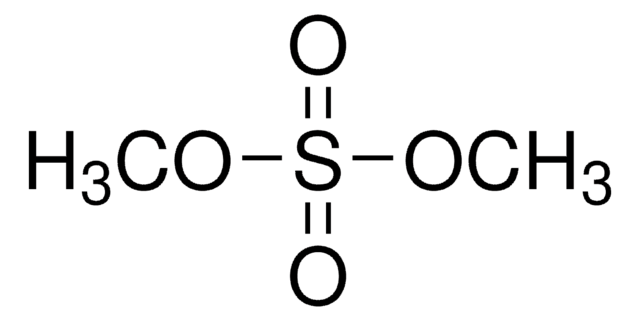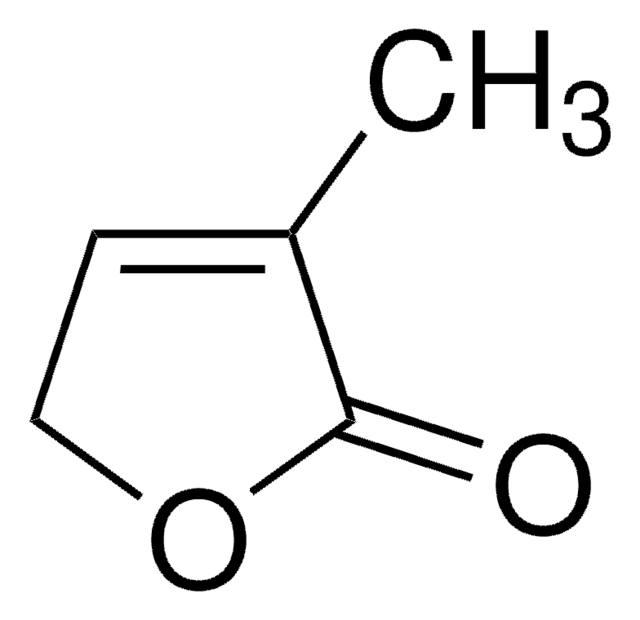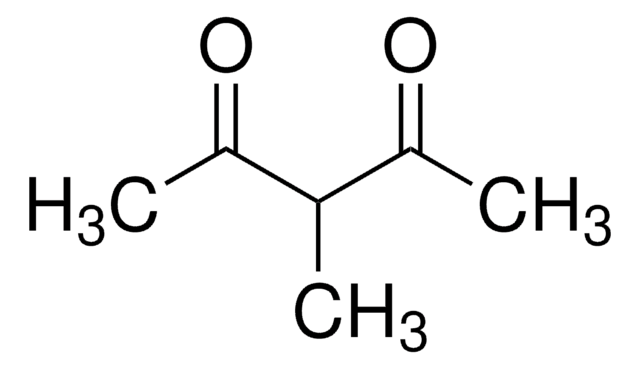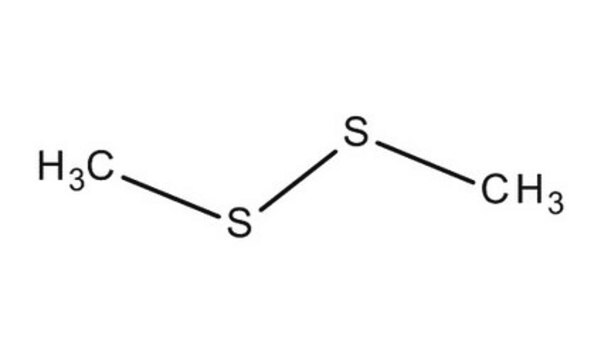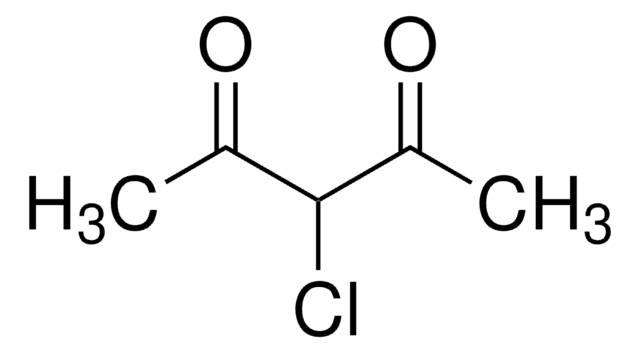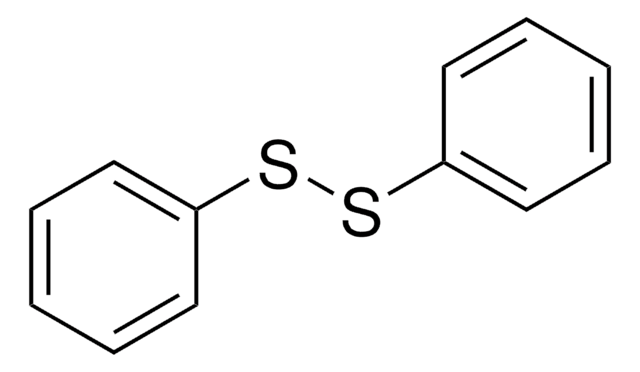おすすめの製品
蒸気密度
3.24 (vs air)
蒸気圧
22 mmHg ( 20 °C)
アッセイ
99%
フォーム
liquid
自己発火温度
>572 °F
expl. lim.
16 %
屈折率
n20/D 1.525 (lit.)
bp
109 °C (lit.)
mp
−85 °C (lit.)
密度
1.046 g/mL at 25 °C (lit.)
官能基
disulfide
SMILES記法
CSSC
InChI
1S/C2H6S2/c1-3-4-2/h1-2H3
InChI Key
WQOXQRCZOLPYPM-UHFFFAOYSA-N
類似した製品をお探しですか? 訪問 製品比較ガイド
シグナルワード
Danger
危険有害性の分類
Acute Tox. 3 Inhalation - Acute Tox. 3 Oral - Aquatic Acute 1 - Aquatic Chronic 1 - Eye Irrit. 2 - Flam. Liq. 2 - Skin Sens. 1 - STOT SE 1 Inhalation - STOT SE 3
ターゲットの組織
Central nervous system, Upper respiratory tract
保管分類コード
3 - Flammable liquids
WGK
WGK 3
引火点(°F)
59.0 °F - closed cup
引火点(℃)
15 °C - closed cup
個人用保護具 (PPE)
Eyeshields, Faceshields, Gloves, type ABEK (EN14387) respirator filter
適用法令
試験研究用途を考慮した関連法令を主に挙げております。化学物質以外については、一部の情報のみ提供しています。 製品を安全かつ合法的に使用することは、使用者の義務です。最新情報により修正される場合があります。WEBの反映には時間を要することがあるため、適宜SDSをご参照ください。
PRTR
第一種指定化学物質
消防法
第4類:引火性液体
第一石油類
危険等級II
非水溶性液体
労働安全衛生法名称等を表示すべき危険物及び有害物
名称等を表示すべき危険物及び有害物
労働安全衛生法名称等を通知すべき危険物及び有害物
名称等を通知すべき危険物及び有害物
Jan Code
320412-1L:4548173937151
320412-BULK:
320412-VAR:
この製品を見ている人はこちらもチェック
ライフサイエンス、有機合成、材料科学、クロマトグラフィー、分析など、あらゆる分野の研究に経験のあるメンバーがおります。.
製品に関するお問い合わせはこちら(テクニカルサービス)

